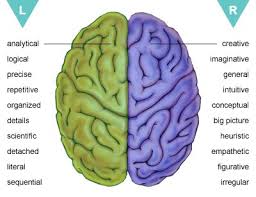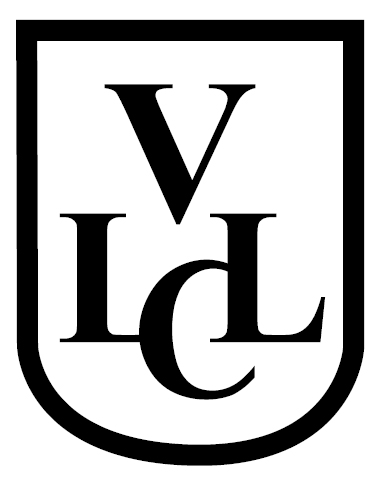
Research suggests that each hemisphere, or half of the brain, tends to have its own style of processing information and this is what interests me…
How can we use both sides of our brain more effectively to accelerate or make our language learning more effective?
- The left brain emphasizes words, logic, numbers, mathematics, sequence. It processes information in an analytical and sequential way, looking first at the pieces and them putting them together to get the whole.
- The right brain emphasizes rhyme, rhythm, music, pictures and imagination. It processes information in a non-verbal and intuitive way, using pictures rather than words.
The right brain person will sound something like this: “Turn right (pointing right), by the church over there (pointing again). Then you will pass a service station and a Seven 11. At the next light, turn right toward the station.”
Can you ‘hear’ the difference?
| While we have a natural tendency towards one way of thinking, the two sides of our brain work together in our everyday lives. There is no right or wrong - it is merely two different ways of thinking. One is not better than the other. What is important is to be aware what your natural preference is so that you can pay attention to your less dominant side. This will strengthen it and also improve how you learn. |
So how can we use our whole brain when we are learning our language?
To give you an example of whole brain learning let me explain what happens when we listen to a song - the left brain basically attends to the words and the right brain to the melody. As your whole brain is actively involved you tend to learn the words to popular songs very easily.
- If you have a right brain preference, actively try to ‘see’ the structure and patterns of your new language.
- If you have a left brain preference, actively use visualisation when learning new words and phrases.
Happy language learning.
Jo
Ref: http://brainmadesimple.com/left-and-right-hemispheres.html







 RSS Feed
RSS Feed

